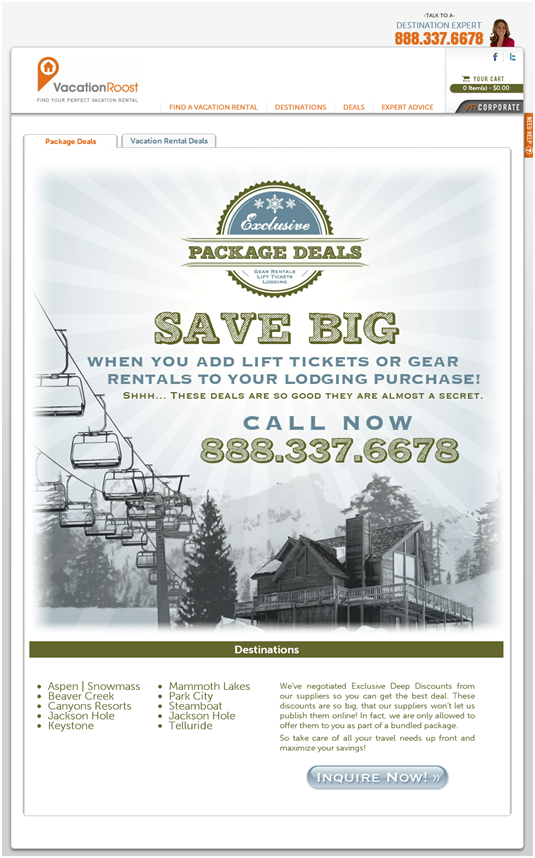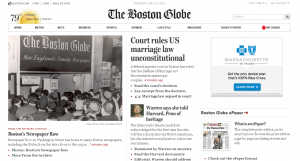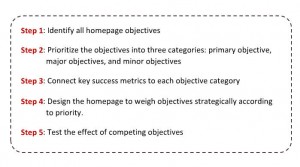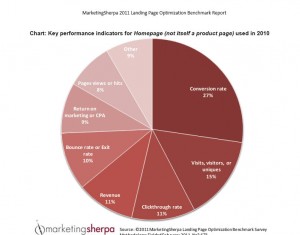The “should all content be free?” bandwagon has come around again, this time kick started by a Wired magazine cover article based on a forthcoming book by editor Chris Anderson.
The timing is kinda weird. Back when this idea was initially red-hot, the economy was, too. That way, happily bedazzled advertisers would foot the bill for all that content. The last time the economy and ad revenues were tanking in 2001-2002, however, paid content was all the rage. Otherwise, much more of the Web would have gone out of business….
If you are wondering what the reality is beneath the hype, here’s what I’ve learned from Sherpa Case Studies and personal experience leading a partly free/partly paid content company all these years:
#1. Ad-based content nearly inevitably gets crappy.
Media companies have been fighting this battle for eons. Their primary customers are the advertisers. Advertisers frequently want some type of control over the content they sponsor and, even when advertisers don’t push for changes, media companies pro-actively water down content for fear of offending sponsors. (It’s middle-management syndrome; you never risk anything that might upset the CEO even when the CEO, if asked, might approve more radical things than you imagine.)
Big trade shows have a similar problem – exhibitors nearly always push for speaking gigs and, if booth sales exceed ticket revenues, show programmers cave in. Which is why you hear so many sales pitches from show podiums instead of useful content.
Although they’re not reacting directly to advertiser pressure, content sites supported by Google AdSense revenues now often change the way they write headlines and even the types of stories and content they post to get more search traffic and then clicks on more expensive keywords. They’re serving the ‘bots more than they serve their readers.
So, free or partly free content winds up being less valuable to the consumer. Luckily, this truth helps the little-known-but-booming, *multi-billion* dollar subscription industry. More than 1,000 Web sites, including the massive Ancestry.com, non-profit ConsumerReports.org and tiny but influential eRobertParker.com, make most or all of their revenues through quality content dedicated to serving their subscribers’ needs instead of advertisers’. (If you’d like to learn more about the subscription industry, see link below.)
#2. Remove Registration Barriers to “Free” Content Online
Countless marketers have told me: “Our prospects understand that giving their contact information is the price they should pay for free access to our wonderful content.” Yeah, well, not always.
Actually, more often, the marketer is paying a price for that registration barrier. You are paying 90% or more for your possible audience, viral pass-alongs, marketplace education, and brand growth in exchange for the contact information of 10% or less of the prospects who are interested in your content. Oh, and of those 10% who do hand over that “price” for your content, roughly 50% will cheat you in some way with a false name, phone number or email address.
You’re also paying for those “leads” with 100% off your possible search engine spider visits to that content (spiders don’t fill out registration forms) and any resulting SEO traffic the related search rankings could have given your content.
Example: Consultant and professional speaker David Meerman Scott offers a ‘New Rules of PR’ eBook as a direct PDF download at his site without requiring registration of any kind. As a result, the eBook has been downloaded more than 250,000 times, making it one of the most read business white papers in history. The ultimate impact on David’s business has been very cash-flow positive.
#3. If you’re offering free content as a promotional exercise, don’t just do it virtually
Easy come, easy go. People don’t take things they get for free as seriously as they take things they pay for; it’s more disposable content. People also don’t remember online content or PDF content (anything they’ve only seen on a PC screen, perhaps fleetingly, for very long.
To be remembered, your content has to re-engage the consumer multiple times and, preferably, engage more physical senses than virtual content can alone. Consider offering your free content users the chance to get a hard copy (printed copy of a catalog or white paper, or a DVD of a video) of your “free” content. You may be surprised at how many prospects leap at the chance and at how well they ultimately convert into becoming paid customers for your real product or services.
Plus, offering people a mailed copy gives you a much better excuse for soliciting name and address. If your prospect wants the electronic version only, then they can get it without registering. But if they want the convenience and value of a printed version, they will certainly fill out a form for you and maybe even pay a couple of bucks for shipping and handling.
#4. “New” Can Beat “Free”
Since the 1930s, advertising copywriters have known a rule: “Free” is one of the most powerful words in advertising. But the word “New” can often work better for you. Why? “New” is nearly as powerful a response generator and it has the added benefit of not attracting that freebie-seeking demographic who’ll never pay for anything. Tire kickers don’t do anyone’s business any good – only qualified prospects do.
The word “Exclusive” can sometimes work as well as “New” too. So, your options are not totally limited.
So, those are my lessons. Hope they help you. Please write in and let me know what your free content lessons are too. We’re all in this “revolution” together!
Useful Related Links to this Blog:
Wired Magazine Free Article
http://www.wired.com/techbiz/it/magazine/16-03/ff_free
Selling Subscriptions to Internet Content Summit – a MarketingSherpa closed-door event now in its 8th year, held every may in NYC for top executives at Subscription Web sites and software businesses. For agenda and dates:
http://www.sherpastore.com/SellingSubscriptions2008.html?1150
David Meerman Scott’s The New Rules of PR ebook download page
http://www.davidmeermanscott.com/products_ebooks.htm












